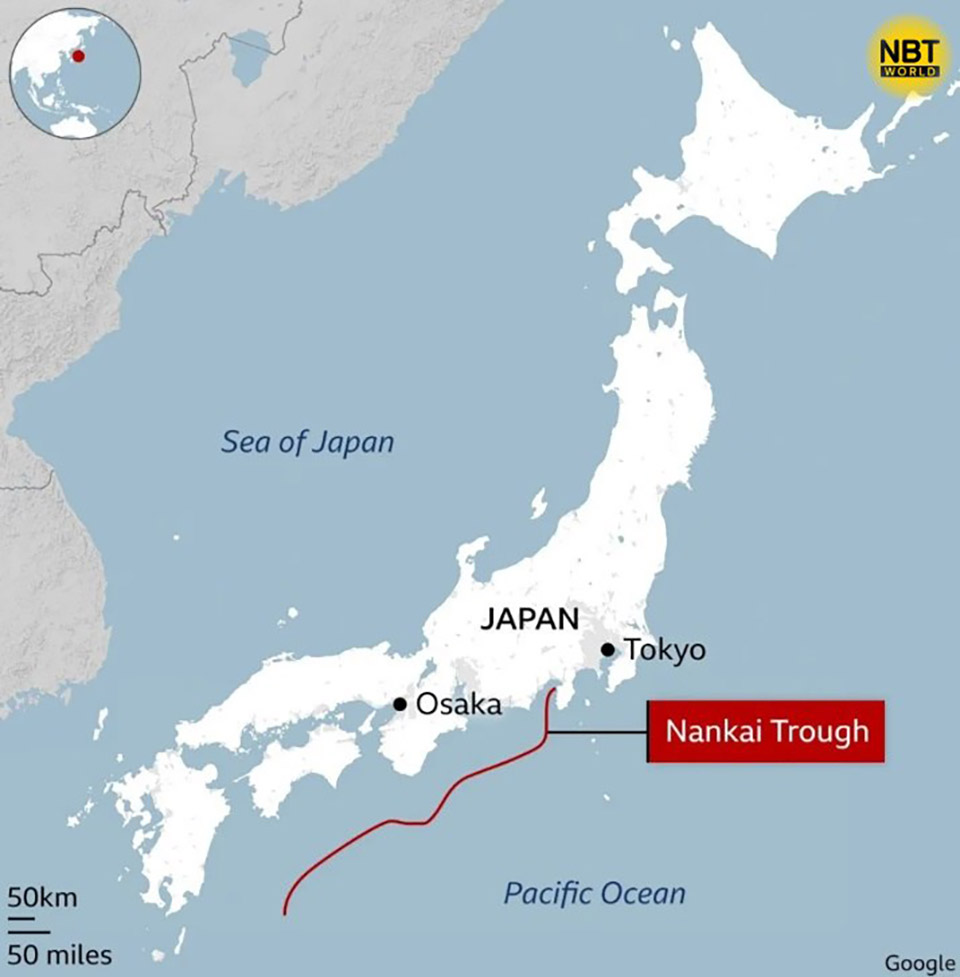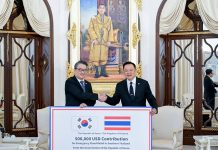
Japan issued its first-ever megaquake warning on Aug 9 following an earthquake off the southern island of Kyushu, leading to heightened precautions across the nation. The warning, prompted by a magnitude-7.1 quake, arises from fears of a potentially larger seismic event along the Nankai trough, a zone known for its destructive earthquake history.
Prime Minister Fumio Kishida canceled a scheduled trip to Central Asia, and various safety measures have been implemented, including reduced speeds for bullet trains and temporary halts at semiconductor factories. The National broadcaster NHK interrupted Olympic coverage to provide updates, and some beaches have been closed as a precaution.
The megaquake warning system, established in 2019, activates when major seismic activity or unusual plate movements are detected. The system allows for various levels of alerts, including evacuations from tsunami-prone areas if necessary. Although it does not predict immediate quakes, it prepares the public for possible continued seismic activity.
The region remains on high alert, with local governments and businesses taking steps to ensure safety. Japan’s transport and nuclear sectors are particularly vigilant, with nuclear facilities undergoing precautionary checks and rail services adjusted to ensure passenger safety. Companies such as Sony and Taiwan Semiconductor Manufacturing Co are also responding proactively, assessing impacts and planning for continued operations amidst the threat. (NNT)








